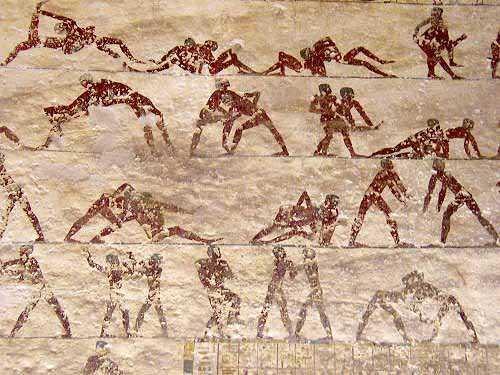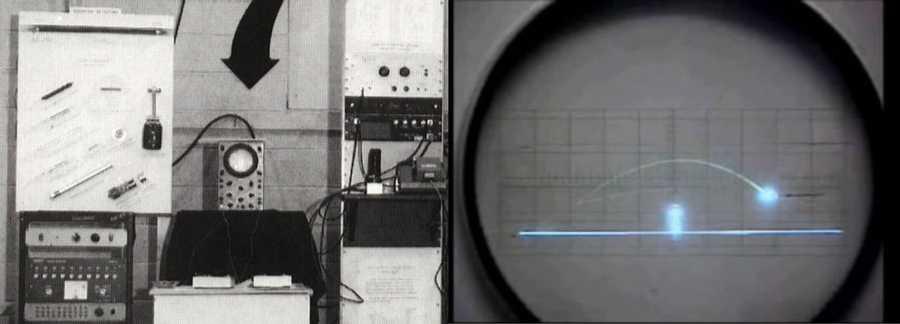Chichen Itza: The First Ball Games Played In Teams
The Mesoamerican city of Chichen Itza is home to the best-preserved, and largest playing court for the first ball sports played in a team.
The popular sport is known as the "Ball Game" and has been played since 1650BCE. It was played by all its major civilizations from the Olmecs to the Maya to the Aztecs.
63
333 reads
CURATED FROM
IDEAS CURATED BY
The idea is part of this collection:
Learn more about history with this collection
Different Easter traditions around the world
The significance of Easter eggs and bunnies in modern culture
The importance of the holiday in the Christian faith
Related collections
Similar ideas to Chichen Itza: The First Ball Games Played In Teams
Sports are one of humanity's oldest inventions
The earliest athletic competitions seem to be simple wrestling contests that are represented in cave paintings.
Other popular sports included foot-races, chariot-races, boxing, swimming, and archery. The Ball Game was probably the first sport that resembled modern team bal...
Basketball: First public games
The first public game of basketball was played on March 12th, 1892, in a YMCA gymnasium where the teachers played against the students. About 200 spectators attended.
Within weeks the sport's popularity grew. Students from other schools introduced the game at their own YMCAs, and then it w...
The First Video Game
Though 1972’s Pong has often been credited as the first popular video game, the mantle goes to Tennis For Two, which was created by a nuclear physicist, William Higinbotham, in 1958.
The primitive game was a sideways view of a tennis court, with the ball moving back and f...
Read & Learn
20x Faster
without
deepstash
with
deepstash
with
deepstash
Personalized microlearning
—
100+ Learning Journeys
—
Access to 200,000+ ideas
—
Access to the mobile app
—
Unlimited idea saving
—
—
Unlimited history
—
—
Unlimited listening to ideas
—
—
Downloading & offline access
—
—
Supercharge your mind with one idea per day
Enter your email and spend 1 minute every day to learn something new.
I agree to receive email updates

